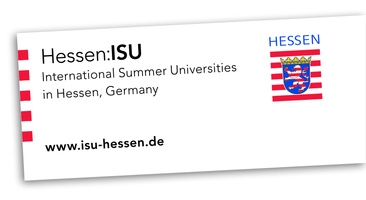Green Building in Germany (Hessen:ISU)
- Course examines design of low-carbon districts and buildings, focusing on adapting post-industrial landscapes and buildings to new ecologically restorative uses
- Students will consider various strategies for intervention at both the landscape scale and the building scale
- Course offered in block style and meets in the mornings, afternoons and/or evenings
Not offered at the moment
Course starts summer 2026
The course explores design of low-carbon districts and buildings, focusing on adapting post-industrial landscapes and buildings to new ecologically restorative uses. The course will examine the adaptive reuse of both listed industrial monuments and other non-listed structures. We will consider various strategies for intervention at both the landscape scale and the building scale.
By completing this course, students will be able to better understand and design energy and stormwater systems for large brownfield sites and buildings. We will produce a polished document that captures the work of the class design exercise and associated research.
The course will be a design charrette involving both students from UW Milwaukee travelling to Frankfurt and graduate students in the FRA-UAS Advanced Architecture program. The design challenge will involve a brownfield industrial site in or near Frankfurt, featuring a listed industrial monument or otherwise challenging structure. Informing the charrette, the course will offer lectures by FRA-UAS and UWM faculty on topics relating to environmental performance, historic preservation and adaptive reuse. We will visit both projects and offices in and around Frankfurt. Both before and after the summer university, class sessions conducted on zoom will examine precedents and work to assemble documentation of the experience.
Green Building in Germany is open to architecture and environmental management students from the Hessen-Wisconsin, Hessen-Queensland, Hessen-Massachusetts Exchange Programs and students in the Advanced Architecture Masters Program at Frankfurt UAS.
Students can earn a total of 5 ECTS points for the completion of the course.
Green Building in Germany has a total of 75 in-class contact hours during the on-campus summer program. A single ECTS point is defined as the equivalent of 25-30 hours of student workload, which includes class hours, readings, preparation for class activities, as well as an assessment measure.
Students at universities as part of the Hessen:Wisconsin, Hessen:Queensland and Hessen:Masschusetts Exchange Programs will participate in the summer university under these exchange programs. Registration is possible through the International Offices at the respective universities, please contact your International Office directly.


